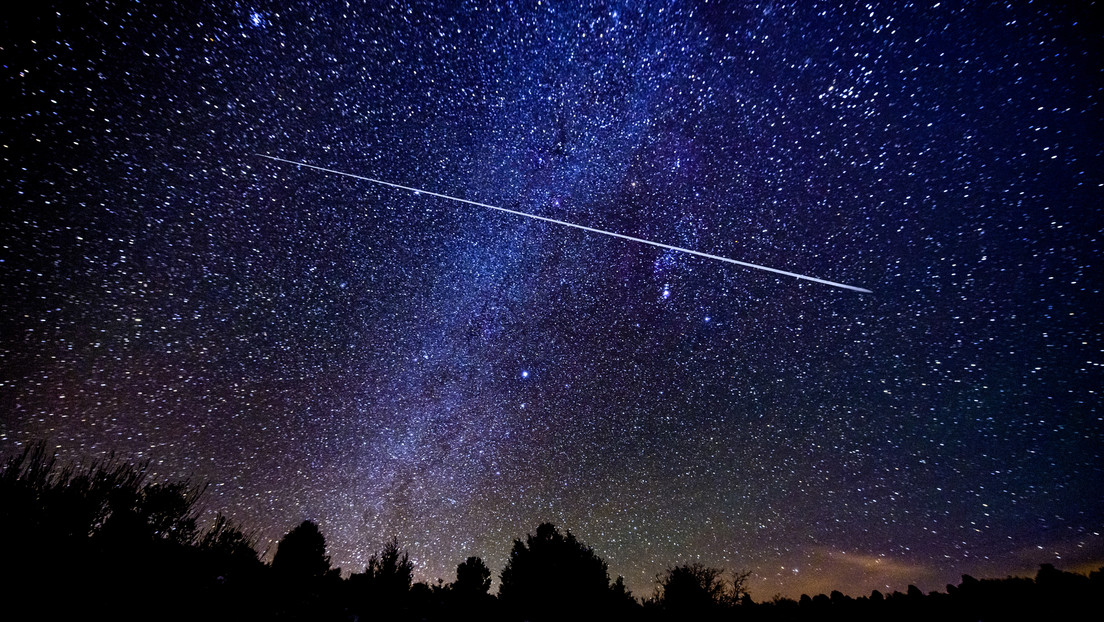
In late July and early August, three of this year's most significant meteor showers will light up the night sky as they reach their peak, offering a unique spectacle for astronomy fans. These are the Alpha Capricornids, the Delta Aquariids, and the Perseids, each with distinct characteristics.
How are these meteor showers generated?
Meteor showers occur when the Earth moves through the debris left behind by comets, causing some of the rock and dust fragments from these objects to precipitate into the atmosphere.
In the case of the Alpha Capricornids, they originate from the remains of comet 169P/NEAT, while the Delta Aquariids are the result of the debris of comet P/2008Y12 (SOHO). The Perseids, also known as the Tears of Saint Lawrence, are produced by debris from comet 109P/Swift-Tuttle.
When and where can they be seen?
The Alpha Capricornids will be active until August 15 and can be observed from both hemispheres, while the Delta Aquariids will be visible until August 23 and will be most visible in the Southern Hemisphere and in the southern latitudes of the Northern Hemisphere. Both will reach their peak activity on the night of July 30-31.
The Perseids will be active until August 24 and will reach their peak on the night of August 12-13. This meteor shower is best viewed from the Northern Hemisphere.
How to view these phenomena?
NASA recommends observing the Delta Aquarids from a dark location away from urban lights, as their meteors are faint and difficult to detect with the naked eye. It also suggests looking about 45 degrees from the constellation of Aquarius to increase the chances of sighting.
As for the alpha capricornids, it is advisable to observe towards the constellation of Capricorn, the apparent point of origin of these meteors. According to the American Meteor Society (AMS), at night when the maximum point of both phenomena takes place the Moon will be illuminated at 27%.
Due to the location of the Perseids' radiant, NASA suggests that observers look toward the constellation of Perseus. The AMS notes that the Moon will be illuminated at 84% by the time they reaches their peak, which may make them difficult to see. (Text and photo: RT)